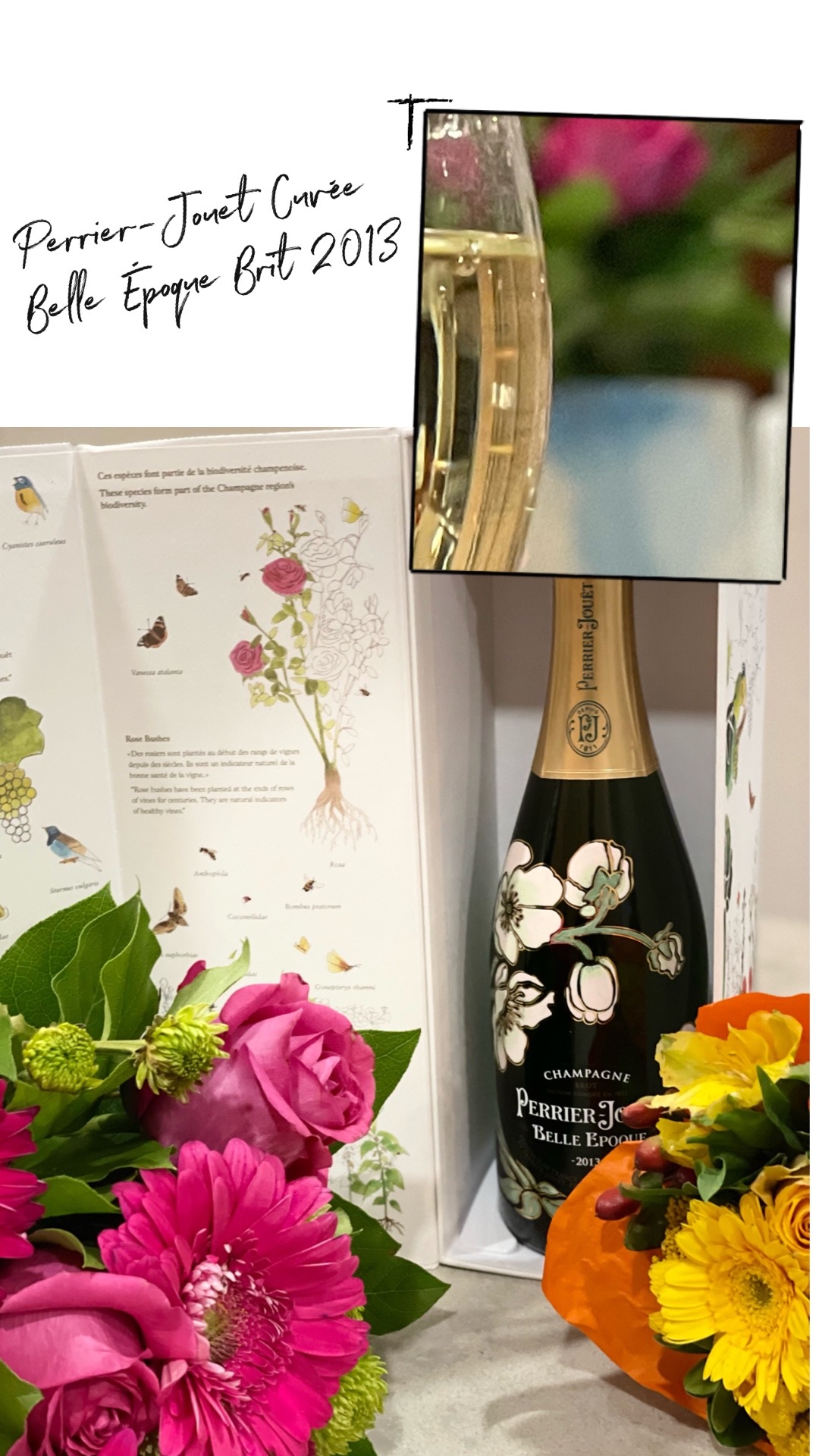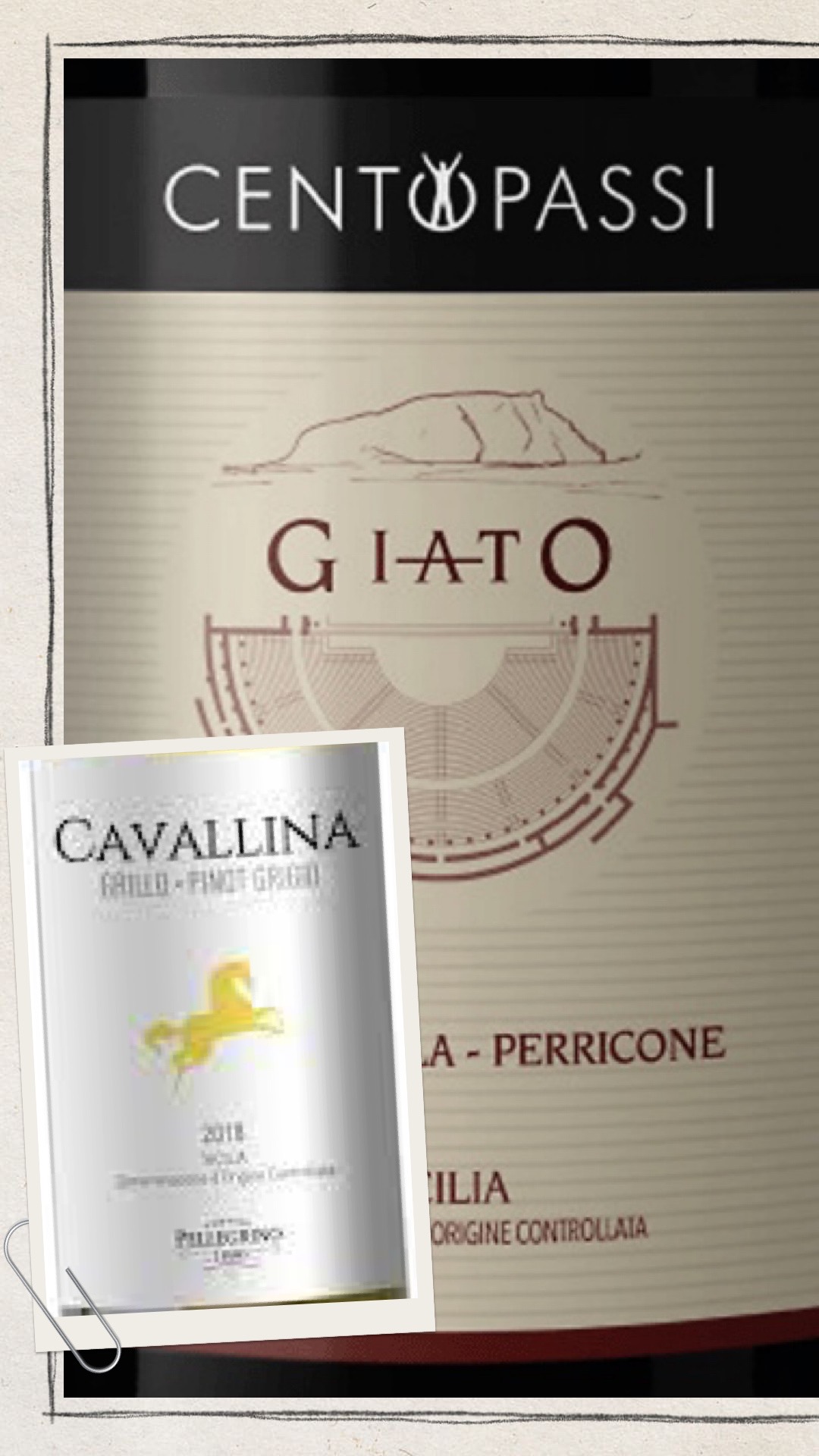“You do not need to wait for a celebration to pop Champagne” – Liz Palmer
Perrier-Jouët released the 2013 vintage of its prestige cuvée, Belle Epoque mid 2021.
Blend
Made from a blend of 50% grand cru Chardonnay, 45% grand cru Pinot Noir and 5% Meunier, the 2013 vintage embodies the delicate floral style that has come to define the house.
2013 Weather
2013 was a cool year, with late flowering in July pushing back the start of the harvest to September 30. It was a particularly good year for Chardonnay.
Severine Frerson, Perrier-Jouët’s first female cellar master describes the Champagne as “pale gold in colour, with subtle glints of apple green”, and notes of “ripe pear, grapefruit zest, ginger, tangerine and a hint of green pepper”.
“Lime blossom expresses the character, personality and texture of the 2013 vintage”, she said, adding that the fizz has a “delicate salinity” to it.
Serving and Pairing
Perrier-Jouët recommends serving the Champagne at 12°C and enjoying it as an apéritif or paired with the likes of Dover sole and grilled turbot.
Bottle Design
Features its distinctive “anemone” flower motif, the Belle Epoque bottle design was created in 1902 by Emile Gallé, a prominent player in the Art Nouveau movement.
Founded in 1811 in Epernay, Perrier-Jouët is known for its elegant, floral Champagnes that celebrate the delicacy of Chardonnay. The house owns 65 hectares of vineyards, including 55ha of grand cru sites. Its prestige cuvée, Belle Epoque, launched in 1969 at Maxim’s in Paris with the 1964 vintage. The debut vintage of Belle Epoque was practically a blanc de blancs, composed of 90% Chardonnay.
Tasting Notes
Pale gold, clear and luminous with aromas of ripe, juicy pear, hints of citrus and green pepper; a subtle salinity; generous, lively attack with a lush, creamy texture; beautiful floral notes of blossoms, complemented with pear, mandarin, and some grapefruit zest through to a long, expansive finish.
94 points
#champagne #champagnelover #winelover #cheers #toast #instawine #winetasting #champagnelover #instachampagne #winelovers #BelleEpoqueSociety #CellierBelleEpoque #PerrierJouet #Champagne #ChampagneMoment #Winemaking #SavoirFaire #ChampagneLovers #PerrierJouetBelleEpoque #EnchantYourWorld



![Registration is open for the 10th Anniversary Women in Wine Leadership Symposium [January 24, 2022]](https://www.liz-palmer.com/wp-content/uploads/2022/01/Women-in-Wine-Leaders.jpg)

